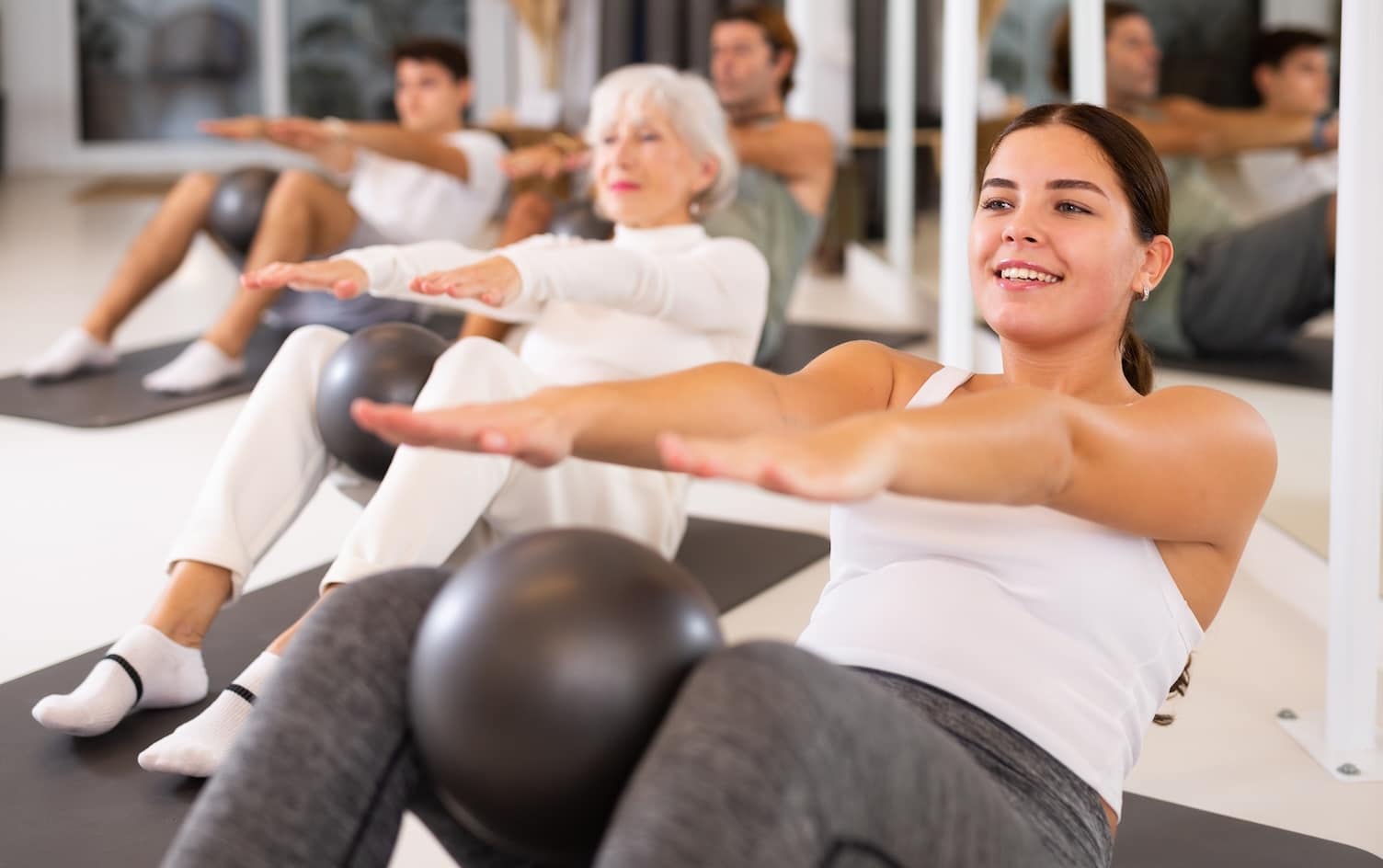Walking is a low-impact form of cardio that can help you lose weight, reduce stress and improve your mood. Just as running has various disciplines like sprinting and cross-country, there are many different types of walking you can partake in to achieve your wellness goals.
Here, a look at seven different ways to incorporate walking into your fitness routine:
BRISK WALKING
While walking speed can differ widely depending on a person and their fitness level, brisk walking is generally considered a speed slightly faster than an individual’s normal walking pace. If you’re counting steps, a brisk walking workout should be in the range of 100 steps per minute or a pace of about 3.5 miles per hour or higher on a treadmill. Brisk walking raises the heart rate, burns more calories and can help you live longer.
POWER WALKING
For a more vigorous form of walking, many walkers eventually move from brisk walking to power walking. Power walking involves a faster pace, that is short of a jog, and uses rigorous arm swings to build cardiovascular endurance and total-body strength. The key to power walking involves perfecting the 90-degree arm swing and the heel-to-toe foot strike. Hand and ankle weights are sometimes added for additional resistance to improve strength. For most, power walking reaches a speed in the range of 4–5.5 miles per hour on a treadmill.
RACE WALKING
An organized Olympic sport, race walking is an event in which a person’s speed to cover a predetermined distance is put to the test against other competitors. Unlike running, one foot must remain in contact with the ground at all times during the event to avoid disqualification. To reach higher speeds, stride length is often shortened and side-to-side hip rotation is pronounced to achieve a straight-leg technique. Upright posture and quick arm movements are also signatures of race walking. The elevated heart rates associated with this form of walking make it a high-intensity workout, which provides a high calorie burn in a short amount of time.
CHI WALKING
Designed as a unique type of walking that focuses specifically on form, Chi walking is used by many to improve posture, strengthen core muscles, relax tight muscles and gain cardiovascular fitness. It places an emphasis on using mindfulness to help focus on proper body alignment. This style of walking also uses principles from Tai Chi and encourages individuals to participate in exploration of the mind, body and spirit as a whole during workouts.
NORDIC OR POLE WALKING
Similar to the movement of cross-country skiing, Nordic walking is like brisk or power walking but is enhanced by the use of Nordic poles. Incorporating poles engages the upper body, which helps propel forward movement. This can be helpful for individuals looking for more of a full-body and core workout. Nordic walking also helps people improve balance, achieve a faster pace and take on inclined surfaces or trails.
MARATHON WALKING
This form of long-distance endurance walking focuses on the marathon distance (26.2 miles or 42.195 km). While the run/walk method has been used by many runners to complete the distance, many dedicated walkers also set this as a goal. The time limit at most organized marathons is six hours, though some have expanded it to eight hours to allow more walkers to partake. Whatever the time limit, marathon walkers train for this distance by slowly building their base mileage, focusing on endurance and maintaining a consistent speed. In most cases, walkers begin training for the marathon up to nine months before race day. One long day per week that slowly builds up to the full distance is recommended in most training plans in addition to your regular walking workouts.
STROLLER WALKING
Ideal for new parents, stroller walking is a great way to get outdoors with your baby and enjoy working out together. Usually this is done with a specialized stroller that’s easier to push. Since stroller walking changes your gait, you’ll need to use good alignment and form to prevent injury. Here are a few basic tips you can use before beginning stroller walking:
- Keep your wrists in the neutral position
- Engage your abdominals.
- Keep your hips close to the stroller for power.
- Try to position your shoulder blades back and down, and keep your head up.
- Alternate swinging arms to release upper body energy and avoid stiffness.




